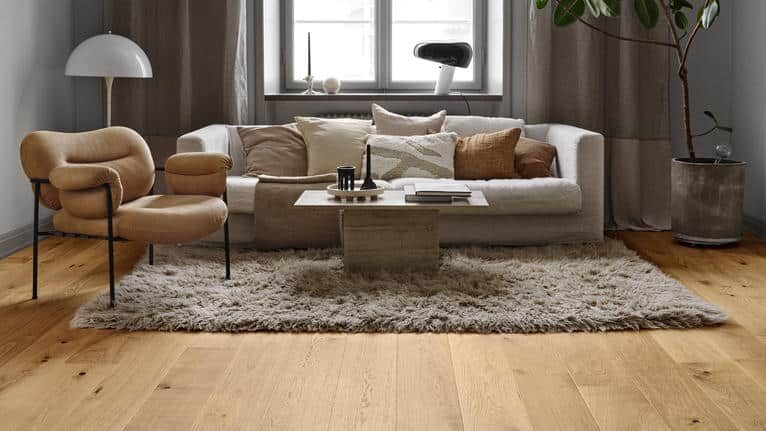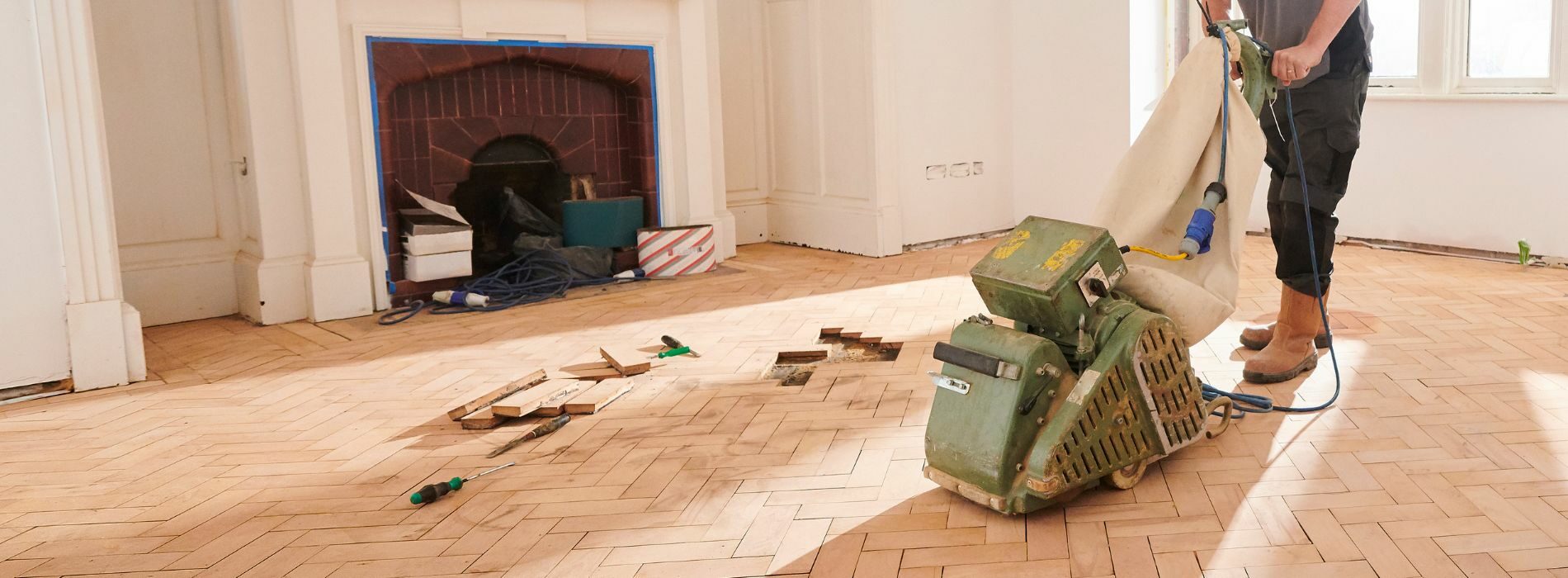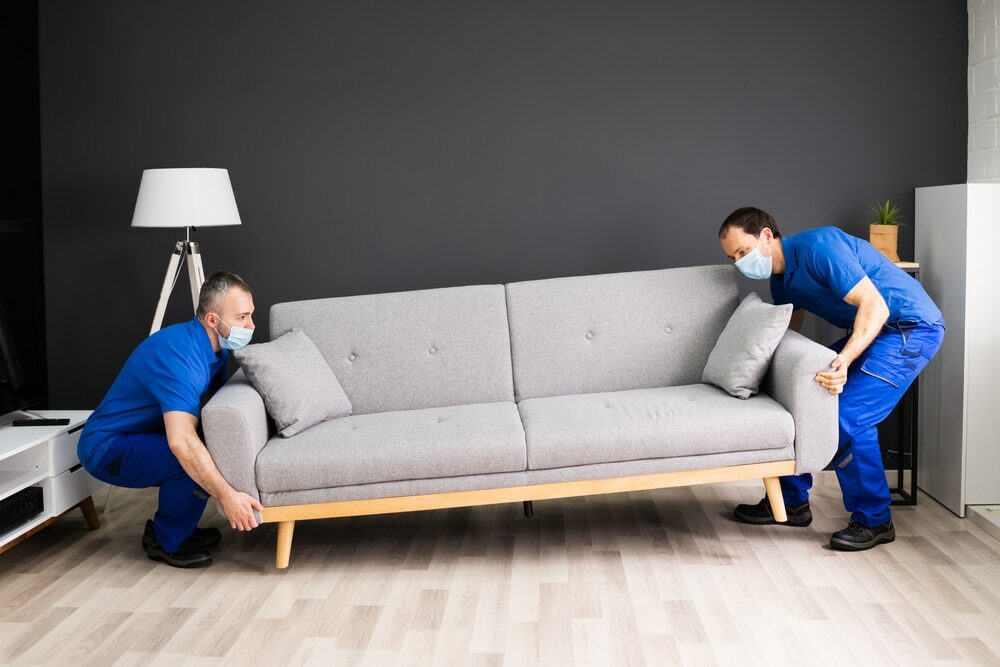London:
Nationwide:
How Wood Flooring Helps Asthma and Allergy Sufferers: Unveiling Health Benefits
Posted on May 11, 2023
Blog
The Asthmatic’s Ally: How Wood Flooring Helps Asthma & Allergy Sufferers
Asthma and allergies have been the bane of many people’s lives, dictating the activities they engage in, the places they visit, and even the homes they live in. The latter is particularly significant, as it’s estimated that we spend approximately 90% of our time indoors, making our home environment crucial to our overall health. One often overlooked aspect of this environment is the flooring. While it might seem like a minor detail, the type of flooring you choose can play a significant role in managing allergies and asthma. Among the many options available, Wood Flooring stands out for its unparalleled benefits for those suffering from these conditions.
Benefits of Wood Flooring for Asthma and Allergy Sufferers
Reduced Allergens
One of the primary benefits of wood flooring is its ability to minimise allergens. Carpets, for instance, can trap dust mites, pet dander, pollen, and other allergens in their fibres, making it nearly impossible to remove them entirely, even with regular vacuuming. Over time, these allergens accumulate and are released into the air every time the carpet is walked on, leading to allergic reactions and asthma attacks. In contrast, wood flooring doesn’t provide a hiding place for these allergens. It has a smooth, hard surface where dust and other particles cannot easily settle. Regular sweeping or vacuuming can easily remove any allergens that happen to land on the floor. This significantly reduces the number of allergens in your indoor environment, alleviating allergy symptoms and asthma attacks.
No volatile organic compounds (VOCs)
VOCs are gases emitted from certain solids or liquids, including many types of synthetic flooring. Exposure to VOCs can result in eye, nose, and throat irritation, shortness of breath, headaches, fatigue, nausea, dizziness, and skin problems. Moreover, some VOCs are suspected or known to cause cancer in humans. Wood flooring, on the other hand, is a natural product and doesn’t emit VOCs when installed correctly. This makes it a safer choice for asthma and allergy sufferers who might react to the chemicals released by other types of flooring.Mould and mildew resistance
Mould and mildew growth is a common issue in homes, and it’s a significant trigger for allergies and asthma. These fungi thrive in damp and humid environments, and some flooring types, especially carpets, can trap moisture, providing an ideal breeding ground for mold and mildew. Wood flooring is less prone to this issue. Though it can absorb moisture, proper installation and maintenance can prevent this, making it a more resistant option against mold and mildew. It’s crucial, however, to promptly clean up any liquid spills on your wood floor to prevent water damage and potential mold growth.Improved Air Quality
Wood floors contribute to healthier indoor air quality. Since they don’t trap dust and allergens and don’t emit VOCs, the air in your home stays cleaner. Furthermore, studies have found that wood panels can even improve air quality by moderating humidity levels. Wood naturally absorbs and releases moisture, adjusting to the room’s conditions, thus helping maintain a comfortable and healthy indoor environment.Choosing and Maintaining Your Wood Flooring
Choosing Your Wood Flooring
When choosing your wood flooring, consider factors such as the wood species, the finish, and the installation process. Some wood species are harder and more durable than others. For instance, oak, maple, and cherry are popular choices for their durability. The finish is also essential. Prefinished wood flooring is a good choice because it undergoes a rigorous factory finishing process that often includes several coats of a high-tech finish. This creates a highly durable surface that is more resistant to stains, spills, and wear, reducing the possibility of allergens settling in any scratches or grooves. The installation process should be performed by professionals to ensure proper fitting and sealing. This is crucial to preventing moisture buildup, which could lead to mould growth.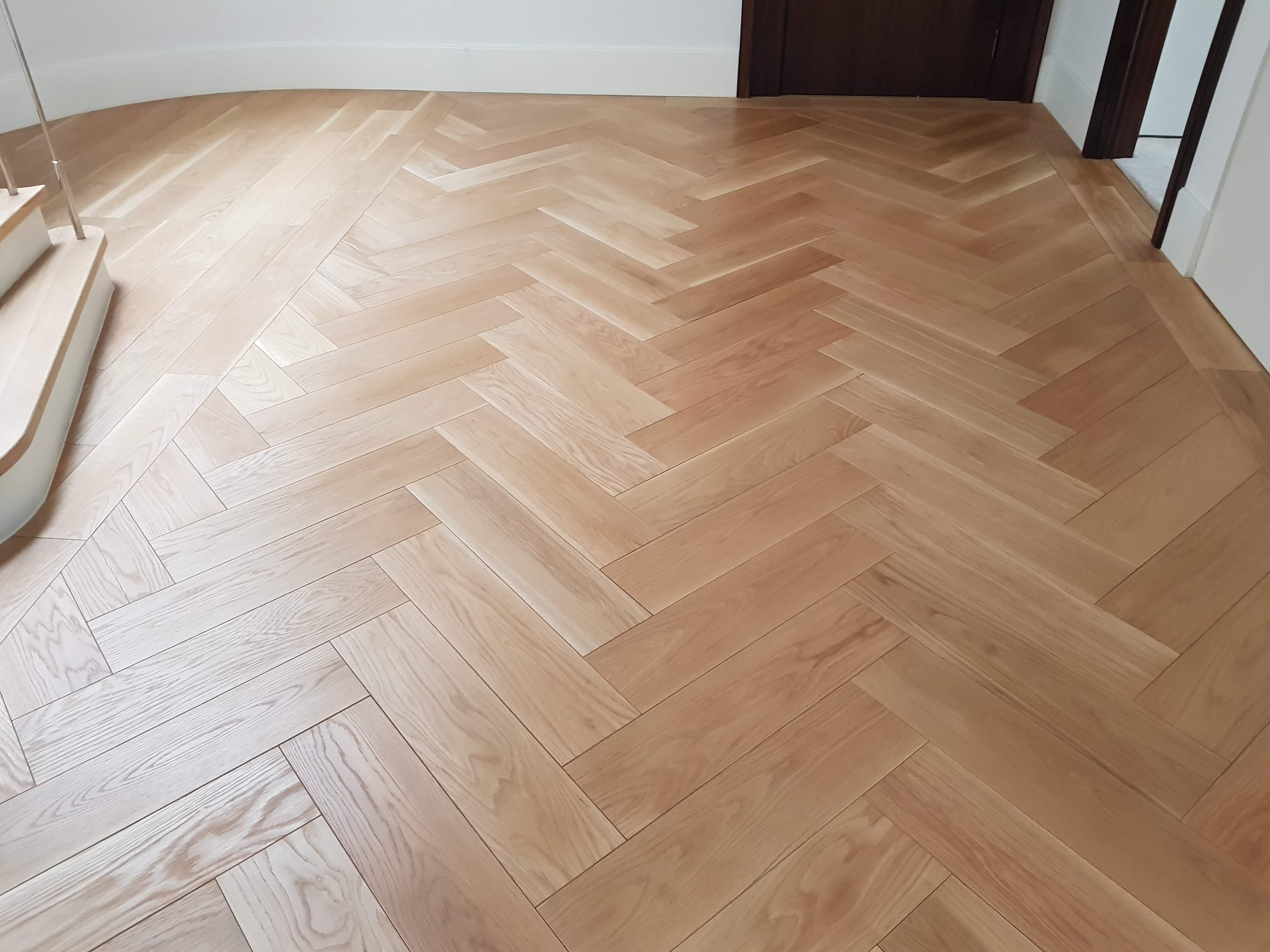
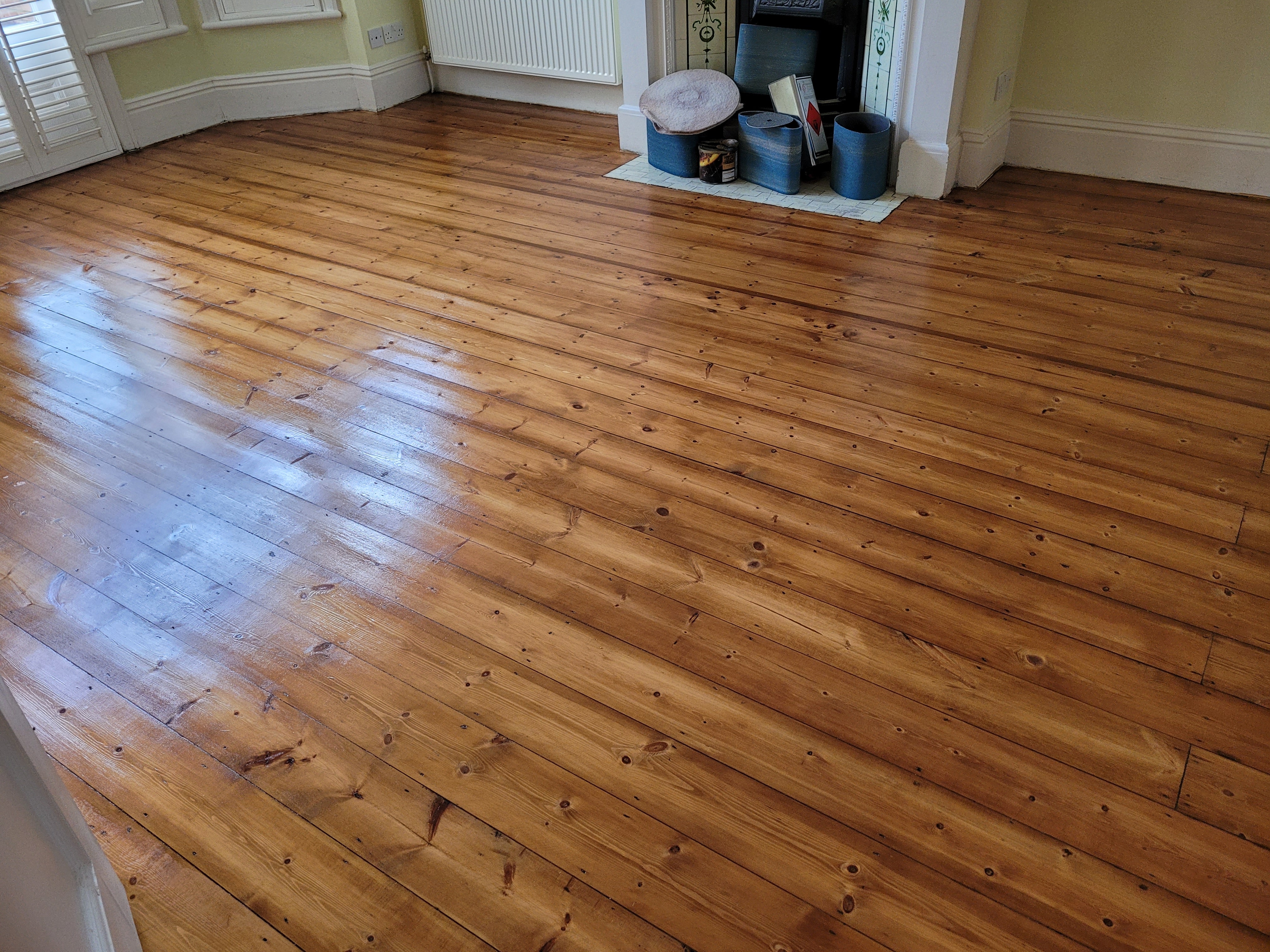
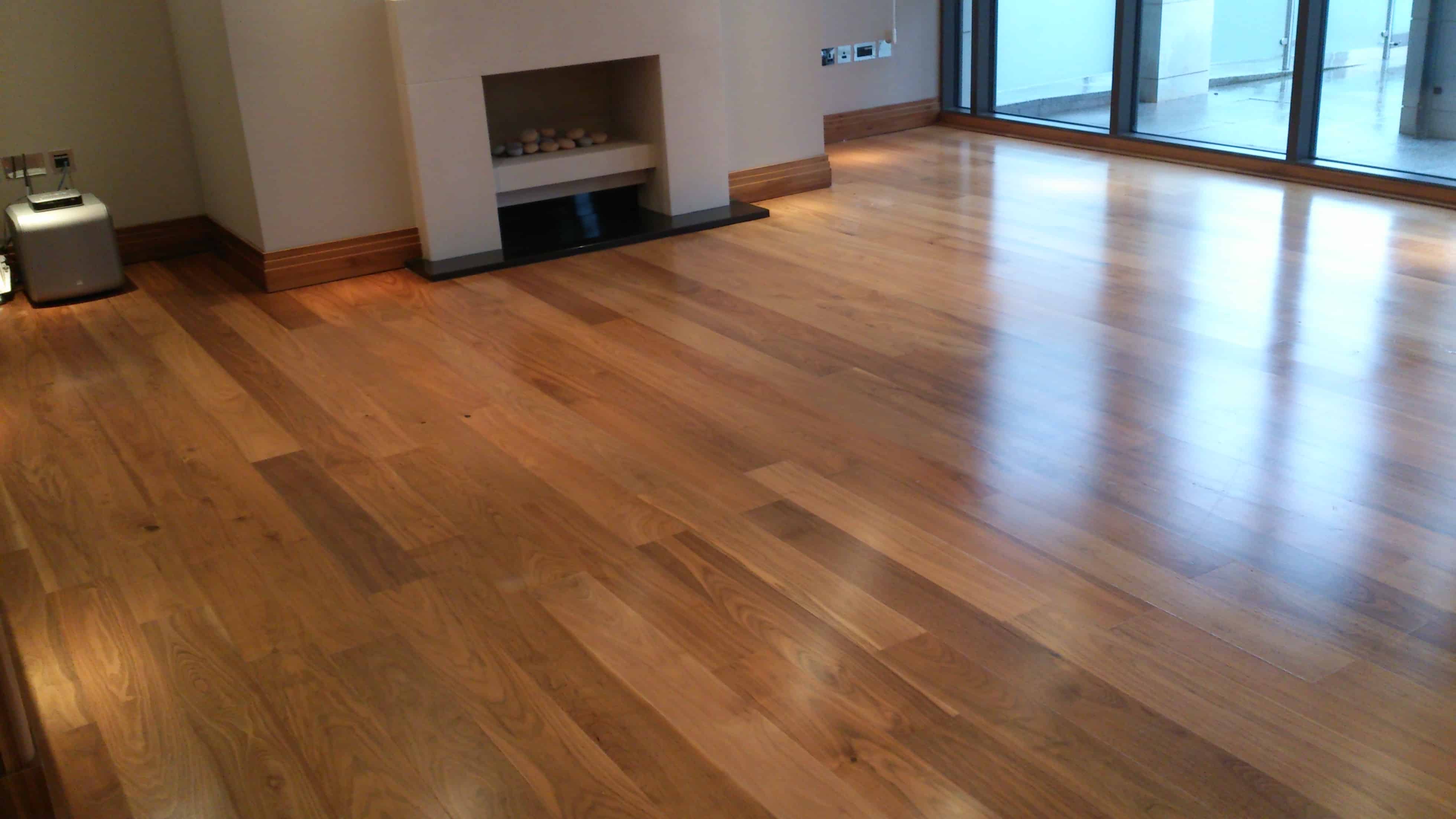
Maintaining your wood flooring
Maintenance is an essential part of keeping your wood flooring allergy-friendly. Regular sweeping or vacuuming can help remove dust and allergens. Be sure to use a vacuum cleaner with a HEPA filter to ensure the allergens aren’t released back into the air. Mopping should be done with care. Avoid using too much water, which can seep into the wood and cause damage. Instead, use a damp mop and a cleaner specifically designed for wood floors. Spills should be wiped up promptly to prevent moisture from seeping into the wood. It’s also recommended to use mats or rugs at entryways to minimise the amount of dirt and dust brought in by shoes. Periodic professional cleaning may also be beneficial. Professionals have the tools and expertise to thoroughly clean your wood floor without causing damage. In addition, your wood floor may need to be refinished periodically. This involves sanding down the surface and applying a new finish. Refinishing can help restore your floor’s beauty and durability, as well as its allergy-friendly properties.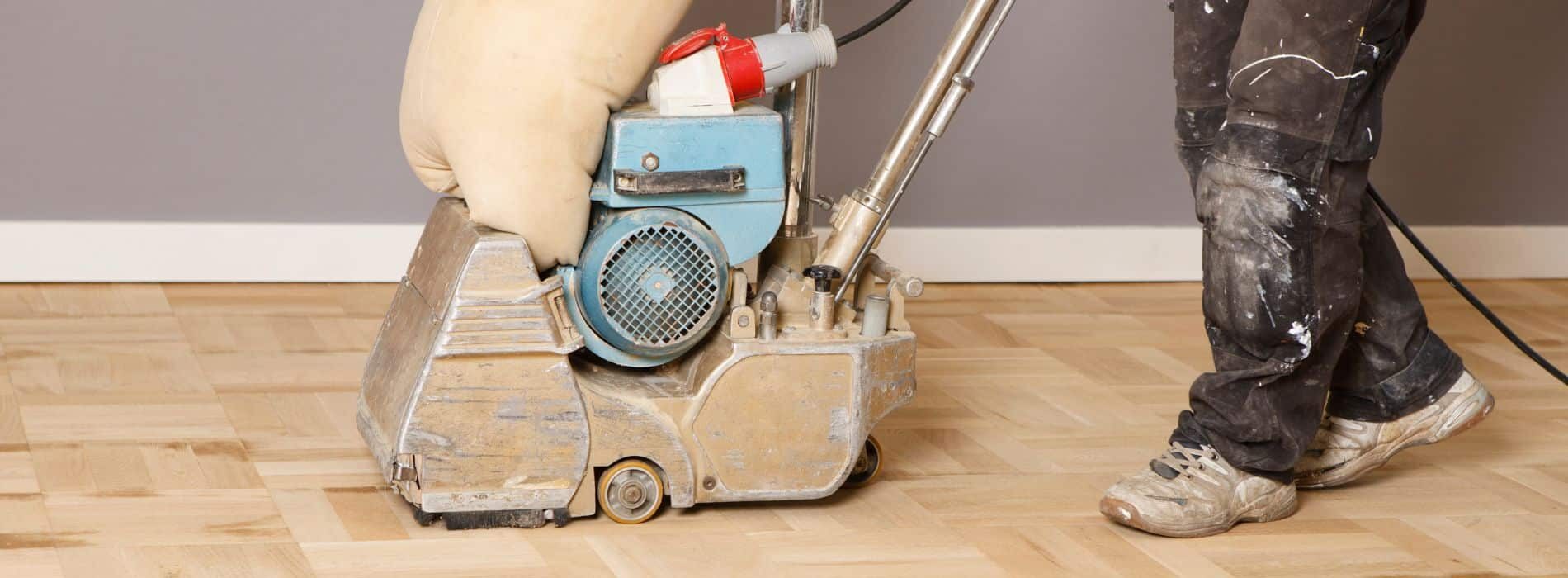
Some Useful Links:
- Floor Sanding Services
- Stairs Sanding & Refinishing
- School Floor Sanding
- Wood Floor Restorations
- Wood Floor Repairs
- Wood Floor Polishing
Conclusion
Living with asthma or allergies is not easy, but choosing the right home environment can significantly alleviate symptoms and improve quality of life. Wood flooring is an excellent choice for those seeking to create a healthier, more comfortable home. It offers numerous benefits, including reduced allergens, no VOC emissions, resistance to mould and mildew, and improved air quality. While wood flooring requires some maintenance to keep it in good condition and preserve its health benefits, the effort is well worth it. So whether you’re building a new home or renovating an existing one, consider choosing wood flooring. It’s not just a matter of aesthetics or durability; it’s a significant step towards better health. Remember, every step you take on your wood floor is a step away from allergens and asthma triggers. This makes wood flooring not just a choice for your home but a choice for healthier living. Ultimately, managing asthma and allergies requires a comprehensive approach that goes beyond just the type of flooring you choose. It involves managing your overall exposure to allergens, maintaining a healthy lifestyle, and following your healthcare provider’s advice. But with wood flooring, you have a strong ally in your corner, working silently but effectively to help you breathe easier and live better.More from our Blog:
Top 10 Tips for Easy and Effective Wood Floor Repair Unveiling the Best Wooden Flooring for Basements How to Stain Your Hardwood Floor: A Complete DIY Guide Unveiling the Best Wooden Flooring for Basements Ensuring Wooden Floor Safety: Comprehensive Guide & Maintenance Tips
Sanding
We provide virtually dust-free sanding with our continuous belt machinery with mobile extraction units, giving you a safer environment for your family.
Oiling
This organic finish not only adds beauty to your home but also has exceptional water-repellent characteristics, making it easier to clean and maintain.
Waxing
This natural floor finish offers the softest and most mellow appearance – and leaves your floor able to breath.
Buffing
Using soft buffing machines (and hand-polishing where required) will bring a wonderful sheen to your newly-finished floor.
Repairs
We offer a full assessment of your wooden floors to determine what repairs are needed to provide the perfect working surface for the later stages of sanding, staining and sealing.
Restoration
We offer a comprehensive restoration process designed to address floors that are improperly fitted or damaged over time through wear and tear.
Request a fixed price quote for your wood floor restoration now
Simply enter your postcode below to get started.
Services
Wood Floor Sanding Wood Floor Restoration Wood Floor Scratch Repair Squeaky Wood Floor Repair Parquet Floor Sanding Parquet Floor Restoration Commercial Floor Sanding Church Floor Sanding Community Centre Floor Sanding School Floor Sanding Gap Filling Gap Filling with ResinCopyright © Mr Sander®
Privacy & Cookies Terms & Conditions Complaints Procedure Cancellation Rights Sitemap